- Home
- Blog Archives
Blog Archives
-

【JLPT N5★The conjunction “や” (ya) for …
Meaning: "and" (listing examples, not exhaustive)Grammar Point:「や」 connects t…
-

【JLPT N5★つもりだ: think about -ing, have in mind to, …
Meaning: "intend to," "plan to," "be going to" (expressing intention or plan)G…
-

【JLPT N5★どこ (doko) “where”】
日本語 / にほんご / Japanese(1)あなたの家はどこですか。(2)あなたの会社はどこにありますか。(3)あなたはどこの町の出身ですか。(4)…
-

【JLPT N5★と (to): and, with】
Meaning: "and," "with" (connecting nouns or expressing accompaniment)Grammar P…
-

【JLPT N5★てはいけない (tewaikenai): must not, may not】
Meaning: "must not," "should not," "cannot" (expressing prohibition or strong ne…
-

【JLPT N5★てから (tekara) “after doing”】
Meaning: "after doing," "and then" (expressing sequence of actions)Grammar Poi…
-
【JLPT N5★なんばん(nanban) what number】
Meaning: "what number" (asking about numbers, seat numbers, phone numbers, room …
-
【JLPT N5★The interrogative “何で” (nan d…
Meaning: "by what," "with what," "how" (asking about means, method, or material)…
-

【JLPT N5★The expression “てもいい” (temo i…
Meaning: "may," "can," "it's okay to" (expressing permission or allowing somethi…
-
【JLPT N5★誰と (dare to): with whom / who ….wit…
Meaning: "With whom"Grammar Point:「誰と」is used to ask about the person(s) some…
-

【JLPT N5★てください (tekudasai)”please do…”…
Meaning: "Please do ~"Grammar Point:「~てください」is used to make polite requests. …
-

【JLPT N5★“ことがある” (koto ga aru) for past experience…
Meaning: "have done ~ before"Grammar Point:「ことがある」is used to express that som…
-

【JLPT N5★たい (tai)” want to”】
Meaning: want to do somethingGrammar Point:「たい」is a suffix used to express de…
-

【JLPT N5★The expression “すぎる” (sugiru) for excessi…
Meaning: "too ~" / "excessively ~"to express excessivenessGrammar Point:「すぎ…
-

【JLPT N5★The conjunction “ので” (node) for reasons】
Meaning: "because" / "since"Grammar Point:「ので」is a conjunctive particle used…
-

【JLPT N5★のがへた (no ga heta)”to be bad at̶…
Meaning: to be bad at something, to be not good at somethingFormation:Verb-di…
-

【JLPT N5★のがすき (no ga suki)” like / love doin…
Meaning: to love / to like doing somethingFormation:Verb-dictionary form + のが…
-

【JLPT N5★のがじょうず (no ga jouzu) “to be good at…
Meaning: "to be skillful at ~" ” to be good at”「のが上手だ/のがじょうず」is used to expres…
-

【JLPT N5★Nominalization with の (no) – turnin…
Meaning: "the act of doing" or "-ing" (turning verb phrases into noun-like expre…
-

【JLPT N5★にする (nisuru)”to decide on”】
Meaning: "to decide on" or "to choose" (expressing decision or selection)Gramm…





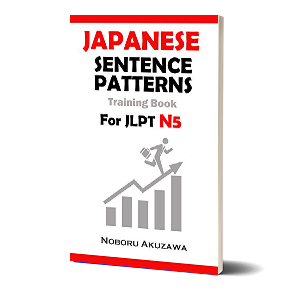
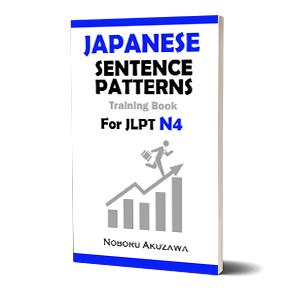
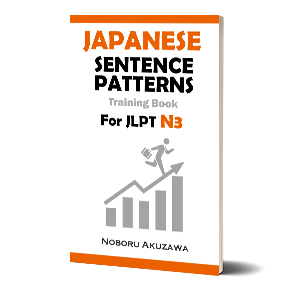
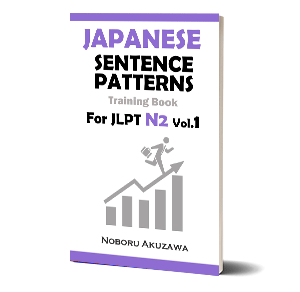
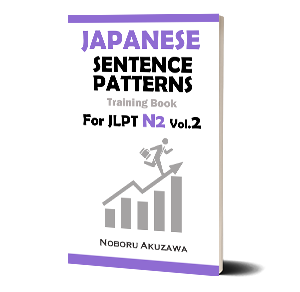
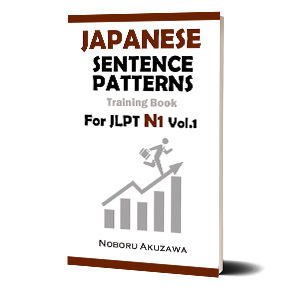


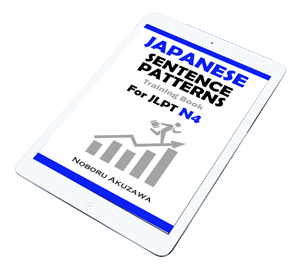
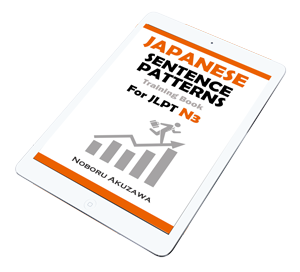

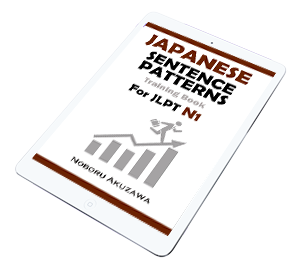


Recent Comments